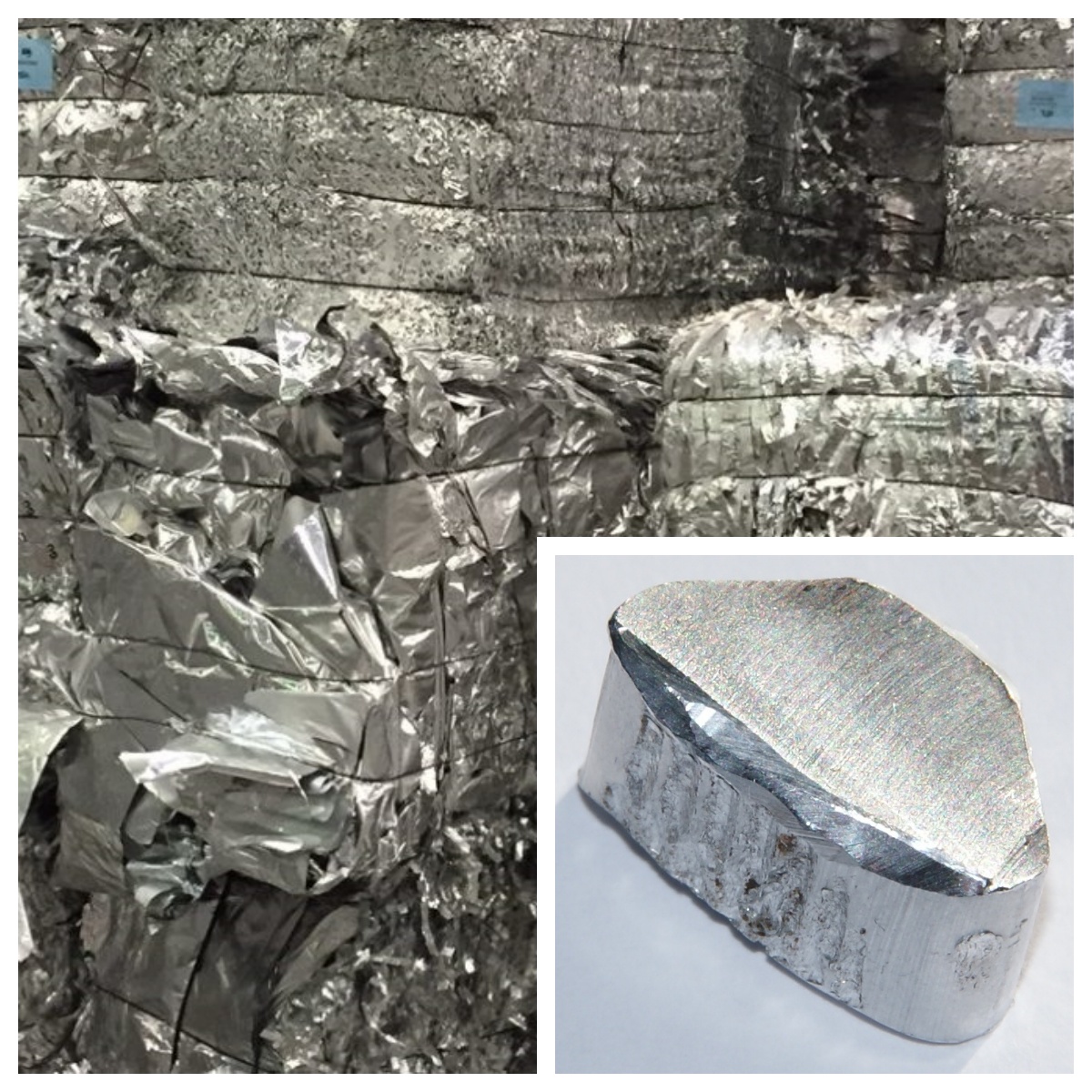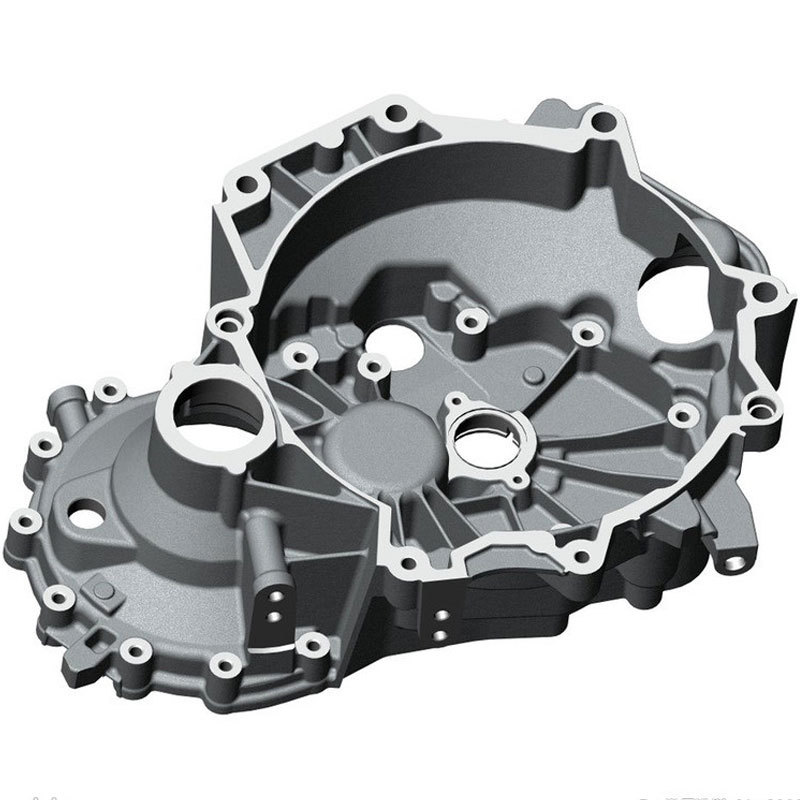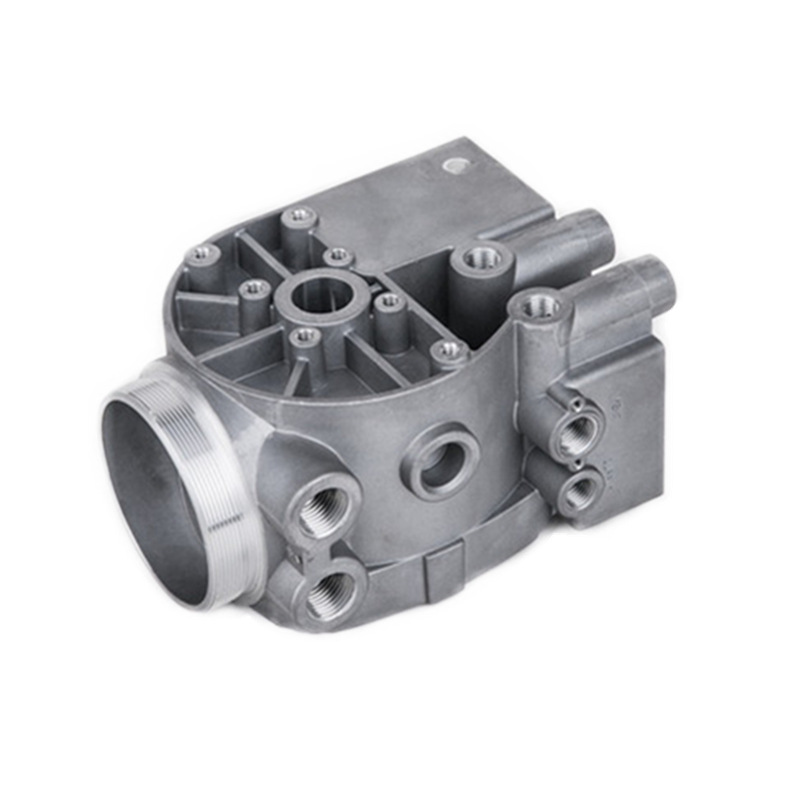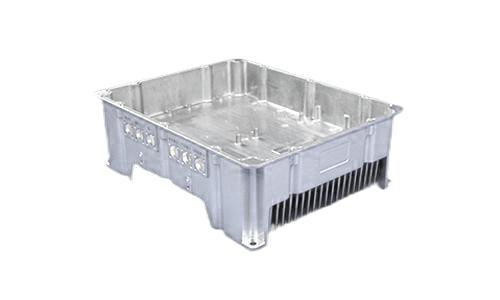
Aluminum, one of the most abundant elements constituting nearly 8% of the earth’s crust, boasts superior mechanical properties that make it indispensable across various industries. However, with growing environmental concerns, the debate between recycled aluminum and its pure counterpart has gained prominence.
This article aims to offer a comprehensive comparison between the two types of aluminum to aid in informed decision-making.
Pure Aluminum:
Physical Characteristics: Pure aluminum presents itself as a silvery-white, soft, ductile, and non-magnetic metal. In industrial settings, pure aluminum typically denotes a minimum of 99% purity, with highly pure variants containing at least 99.99% purity. Due to its high affinity for oxygen, aluminum is not found in its elemental form but rather as compounds within naturally occurring minerals, which are then extracted through various processes.
Recycled Aluminum:
Aluminum Recycling: Recycled aluminum encompasses aluminum extracted or recovered from diverse waste sources. Despite misconceptions about its reusability, aluminum is entirely recyclable, with up to 75% of extracted aluminum still in circulation across industries. This recycled aluminum primarily originates from metal scraps or discarded parts, forming a crucial component of sustainable resource management.
Comparison:
Nearly 270 minerals contain aluminum, and only a handful, such as Bauxite, yield commercially viable amounts. The high energy consumption and costs associated with primary aluminum extraction underscore the importance of recycled aluminum. Key distinctions between the two include:
- Primary vs. Secondary: Pure aluminum is primary, while recycled aluminum is secondary, with secondary alloys retaining approximately 90% of primary alloy properties.
- Energy Efficiency: Recycling aluminum consumes nearly 95% less energy compared to primary extraction processes, with higher purity requiring greater energy input.
- Quality and Performance: Pure aluminum boasts superior mechanical properties, while recycled aluminum may exhibit compromised quality and performance due to impurities.
- Extraction Methods: Recycled aluminum is relatively straightforward to extract from scraps using magnets, whereas producing commercially usable pure aluminum demands intricate electrolysis.
- Environmental Impact: Pure aluminum contributes to greenhouse gas emissions, while recycling can save up to 97% of carbon emissions and conserve Bauxite resources.
Conclusion:
Pure aluminum remains indispensable in industries requiring stringent quality and performance standards, such as aerospace and machinery. However, for applications tolerating slightly compromised properties, recycled aluminum offers a sustainable and economical alternative. The widespread adoption of recycled aluminum underscores its benefits for both industry and the environment.
Where is Recycled Aluminum used in automotive parts?
NINGBO FUERD MECHANICAL CO., LTD
Website: https://www.fuerd.com



